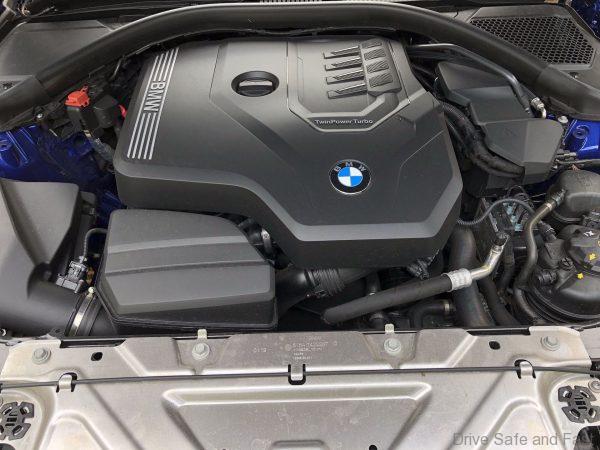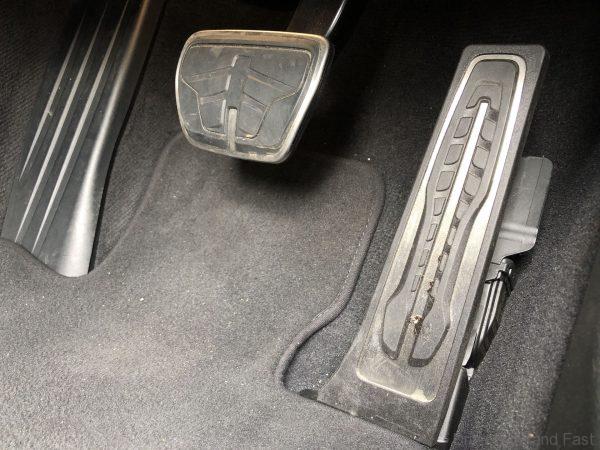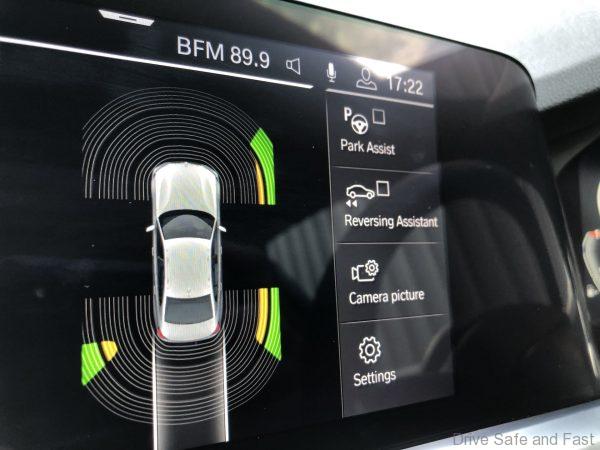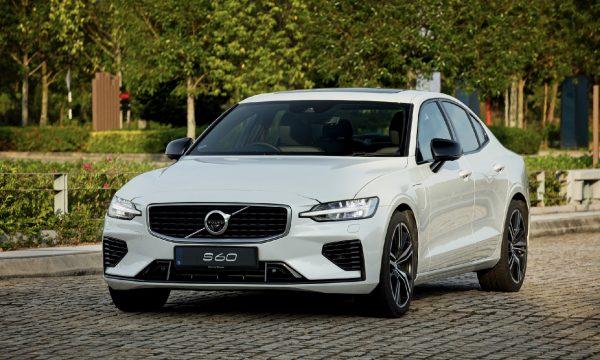Today we’re comparing two of the hottest compact executive sedans on the market under RM300,000.

From BMW, we have the 330i and from Volvo comes the S60 T8. They’re both quite obviously aimed at the sport sedan market. BMW have outfitted this 330i with an M Sport bodykit and M Sport suspension setup. Volvo Car Malaysia have similarly kitted the S60 in an R-Design bodykit and a Dynamic Chassis setup.
We’re going to be comparing how these cars perform, how they are equipped and their some of their dimensions as well. We want to keep the subjective elements like design and resale value out of the equation.
Performance
In this generation of the 3-Series, BMW Malaysia have yet to introduce a plug-in hybrid variant, instead you have just a high output 2-litre turbo engine. Volvo Car Malaysia has pressed the advantage by introducing their top-of-the-range T8 Twin Engine set up to the segment. This has a high output 2-litre turbo too, but also adds an electric motor. Take a look at the results between the two.
- 258hp
- 400Nm of torque
- 0-100km/h in 5.8 seconds
- 6.4L/100km (NEDC)
- 250km/h
- 407hp
- 640Nm of torque
- 0-100km/h in 4.4 seconds
- 2L/100km (WLTP)
- 250km/h –> 180km/h
Right off the bat, the total system output of the Volvo completely crushes the BMW’s. As a result, the S60 accelerates MUCH faster, completing the century sprint 1.4 seconds ahead of the 330i.
Fuel efficiency is also a big win for Volvo. Despite being a much heavier vehicle (2041kg vs 1470kg), the S60 T8’s PHEV powertrain sips just 2-litre of petrol every 100km. Be warned, there are some caveats here. This figure assumes the battery has enough charge and it’s also worth noting the differences in the way these numbers were attained.

BMW’s clear win here is in its top speed. Both the 330i and S60 T8 are currently capped at 250km/h. But moving forward, future S60 models will come with a 180km/h speed cap. This hasn’t happened yet in Malaysia, so for now the cars are tied. In other words, get the S60 while it’s fast!
Equipment
When it comes to equipment, few can argue that less is more. The only piece of equipment that some Malaysians find subjectively desireable is a sunroof. It’s such a contentious point for some that even Proton decided to offer it as an option on the highest variant of the X70.
So, let’s just get this slightly subjective element out of the way first: the Volvo gets a full panoramic sunroof while the BMW has a fixed, glassless roof. Now on to more measurable differences.

BMW 
Volvo
Infotainment
In terms of the interface, BMW has a larger 10.25″, horizontally aligned touchscreen with their iDrive Touch Controller. The Volvo Sensus Connect system only takes touch inputs and uses a smaller 9″ vertically aligned touchscreen.
While some may prefer the BMW’s display, there are a few disadvantages here. First of all, BMW Malaysia will charge you RM1299 to activate Apple Carplay functionality and it’s unclear if they’ve added Android Auto setup yet. The 3-Series also doesn’t come with a surround view camera.
The Volvo S60 on the other hand ticks all of these boxes. 360-degree surround view camera, Android Auto, and Apple Carplay all bundled into the price.
Here’s a look at the audio setup on both cars.
- BMW 330i: 10-speaker, 205W, BMW HiFi Sound System
- Volvo S60 T8: 14-speaker, 600W, Harman Kardon Premium Sound
Rims
BMW gives you 18″ alloys while Volvo gives you 19″ alloy:

Active Safety and ADAS
When it comes to advanced driver assist systems and active safety, the Volvo has a slight edge. The S60 has always had a comprehensive City Safety package, but BMW Malaysia recently updated the 3-Series with a Driving Assistant package, which caused a mild price increase.
Both cars have Autonomous Emergency Braking, Rear Cross Traffic Alert & Mitigation. However, the S60’s package goes much further as steering intervention comes as standard, enabling features like Lane Keeping Assist, Run-Off Road Mitigation. The BMW can warn you if you’re swaying out of your lane, but doesn’t appear to be able to intervene.
What’s more, Volvo’s S60 has Active Cruise Control where BMW’s is passive.
Dimensions
The 3-Series has traditionally enjoyed its compact dimensions, but has slowly grown with every new generation. The growth spurt over the last couple of generations has been quite noticeable and it’s now:
- 4.709m long with a 2.851m wheelbase
- 1.827m wide
- 1.435m tall
That growth also gives it a 480 litre boot.
The S60 on the other hand has been wider in previous generations. That being said, take a look at its current dimensions:
- 4.761m long with a 2.872m wheelbase
- 1.85m wide
- 1.431 tall
The boot is has a volume of 442 litres.
The BMW wins in bootspace by a significant margin of 38 litres. However, the Volvo is has a greater wheelbase and overall length. It’s also wider. Their heights are within 4mm of each other.

















